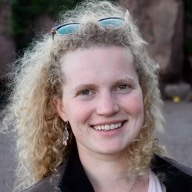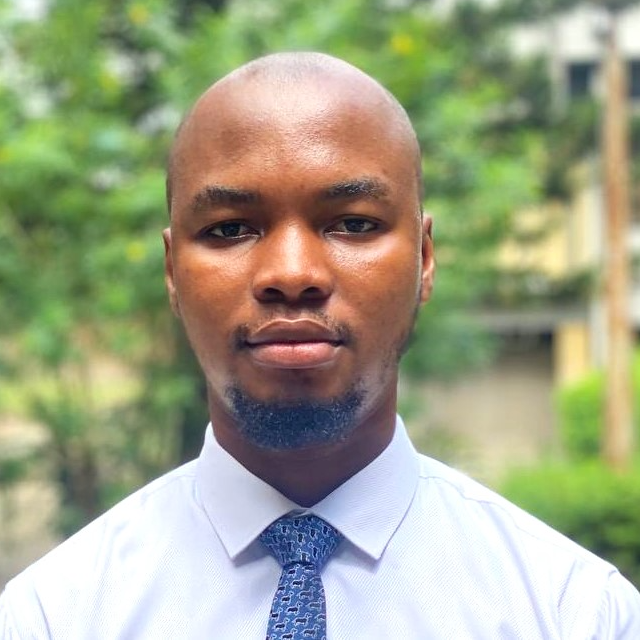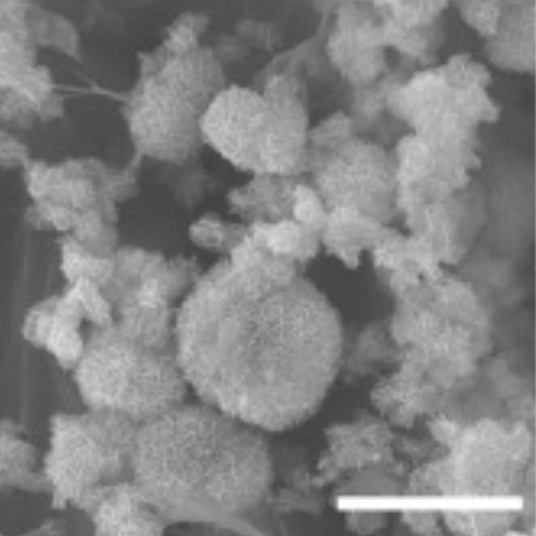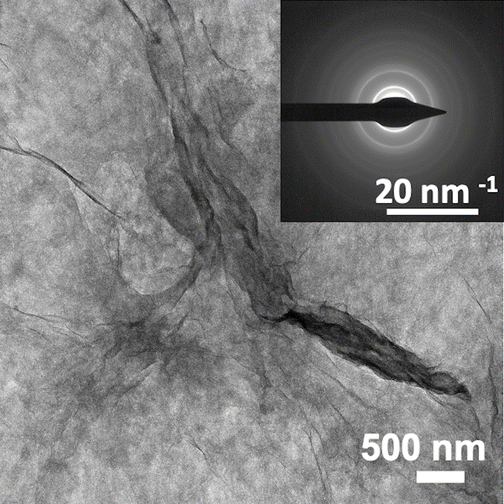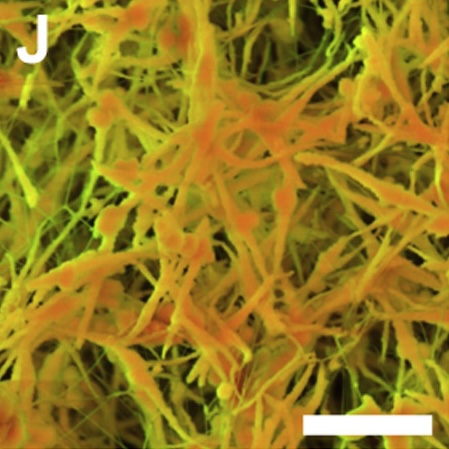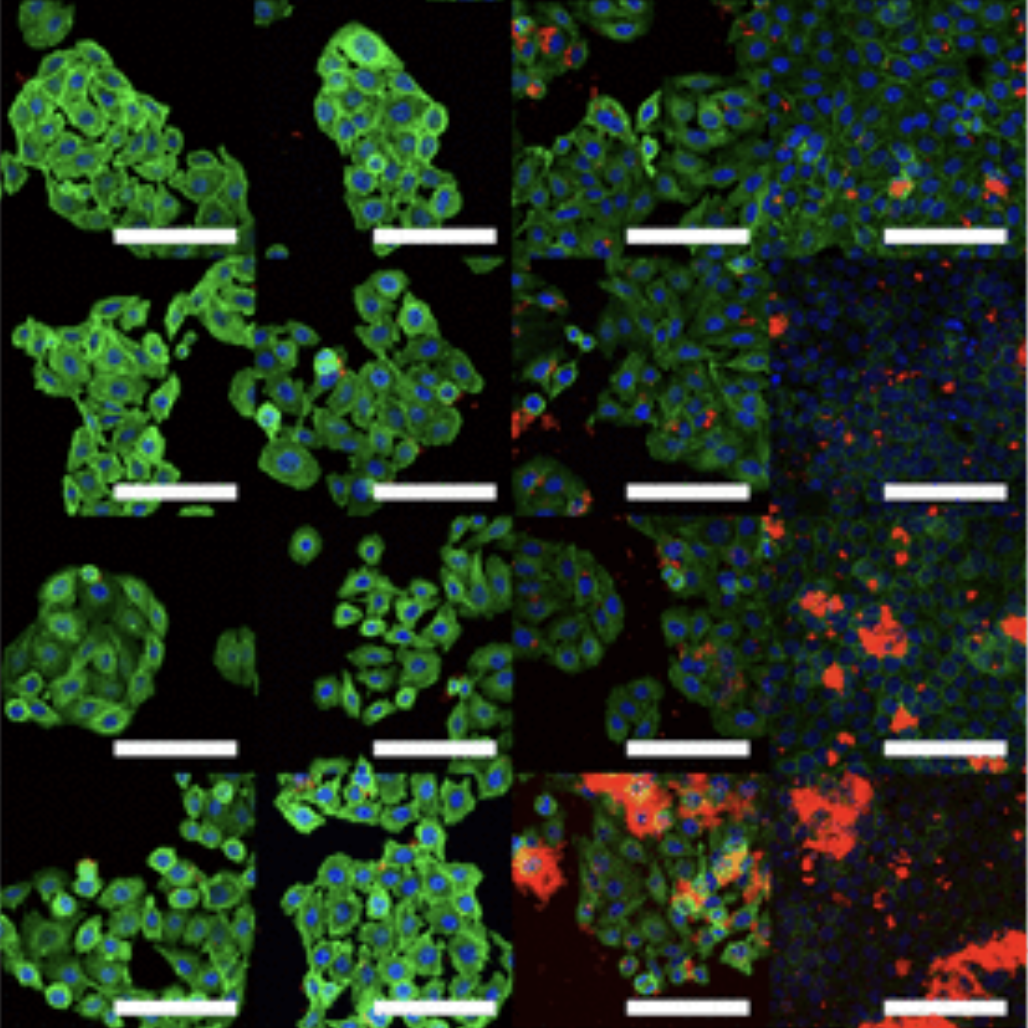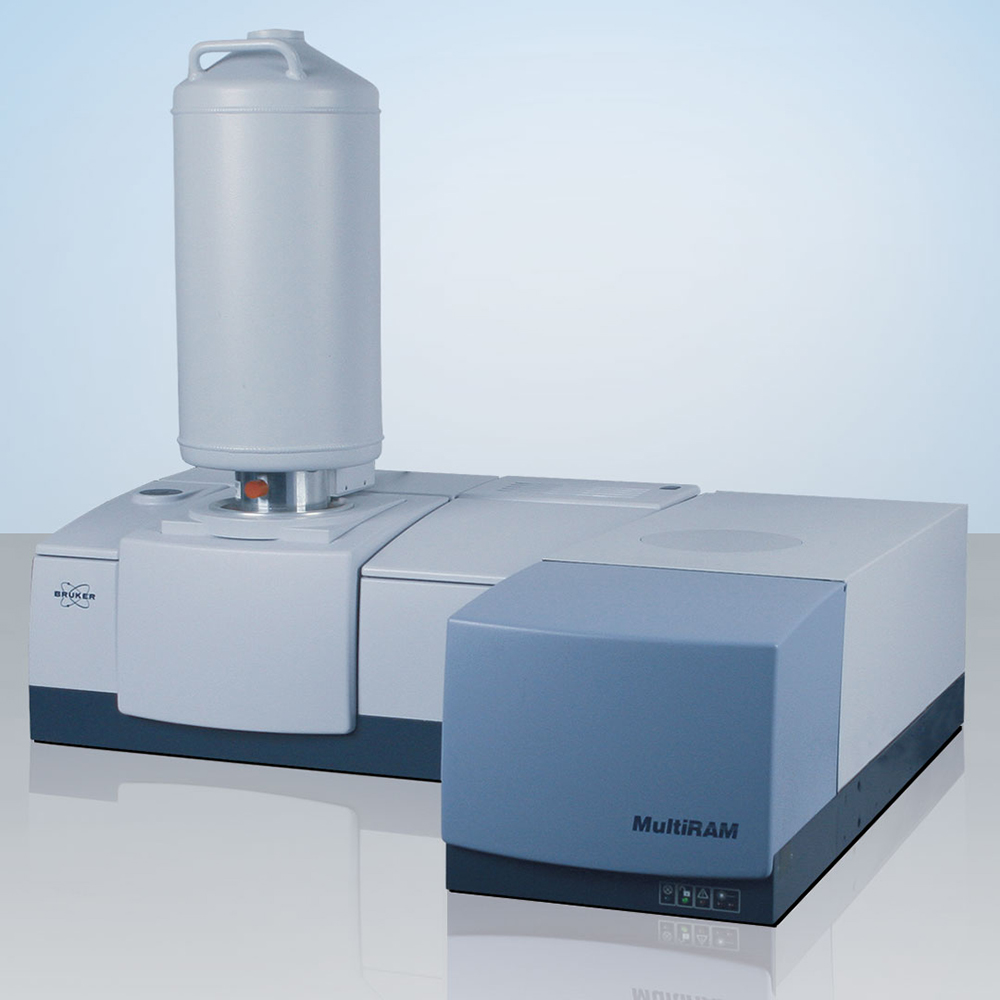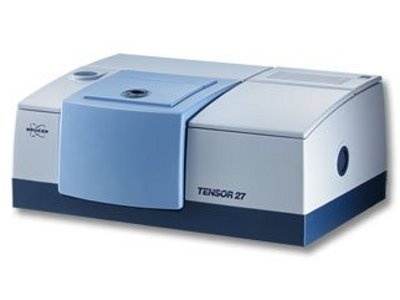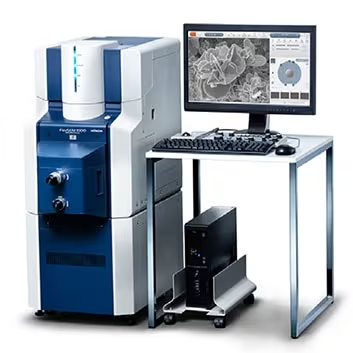Our Research
At the Biointerface Lab we strive to understand and control
phenomena occurring at the interface between synthetic
materials and biological molecules. We have three main areas
of focus: biomineralization, i.e. the formation of minerals
in living organisms, both physiological and pathological,
implant-tissue integration, and drug delivery. An emerging
aspect of our research is the exploration of the
intersection between science and art. Explore more details
below!
Physiological Calcification

Bone and teeth are two examples of tissues where
physiological biomineralization happens: a calcium-phosphate
based mineral, hydroxyapatite, forms on a collagen matrix,
stengthens these tissues and provides a crucial reservoir of
calcium and phosphate ions. We have several projects related
to improving bone and tooth mineralization, through
hydrogels (
Example 1,
Example 2)
and scaffolds (
Example)
for bone tissue engineering or through the development of
new toothpastes and other oral care formulations. We often
include bioactive glasses (
Example)
in our solutions; the surface of these glasses transforms
into a layer that mimics physiological hydroxyapatite when
immersed in body fluids.
Pathololgical Calcification

Calcium phosphate minerals like what we have in bones and
teeth can also form on tissues that are normally soft, such
as heart valves and arteries. These are examples of
pathological calcifications; they can lead to several health
problems, including heart failure. In our group we
characterize pathological calcifications in animals (
Example)
and humans (
Example),
create hydrogel-based models (
Example
1,
Example
2,
Example
3) of the physiological environments where
calcifications form, develop new methods for detect them at
early stages, and, ideally, dissolve them.
Implant/tissue integration

Most implants fail because they do not integrate well enough
with surrounding tissues; this leads to fibrous
encapsulation, or in the worst cases, infections. With our
surface-focused approach, we modify the surface of materials
currently used as dental or orthopedic implants (polymeric (
Example
1,
Example
2) or metallic (
Example 1,
Example
2)) with functional groups (
Example)
or proteins (
Example)
that enhance both hard and soft tissue integration.
Drug delivery

Efficient deliver of a drug implies the design of a carrier
that can lead the drug to the desired location, deliver it
gradually and within a desired timeframe, ideally on-demand
depending on internal (eg change in pH) or external (eg
light) stimuli. In our group we work on different aspects of
drug delivery: we design bioactive glasses (
Example)
that release therapeutic ions at the desired rate and
promote tissue regeneration; we encapsulate drugs inside
nanoparticles that target specific tissues (for example,
pathological calcifications), and release them as they
degrade, or as light (
Example)
shines on them.
Science/art intersection

The scientific and artistic inquiry share several common
features, most prominently curiosity, observation,
inspiration from nature, and creativity. We are working side
by side with a group of designers from the faculty of fine
arts at Concordia university to explore new avenues of
research in the field of graphene-based stimuli responsive
materials. The project leverages our deep expertise in
graphene material development (
Example 1,
Example 2,
Example
3) for both tissue engineering (
Example
1,
Example
2) and filtration (
Example 1,
Example 2),
and the expertise of the Concordia group in designing large
scale responsive materials in artistic installations and
beyond. (
Example video science-art
intersection)








